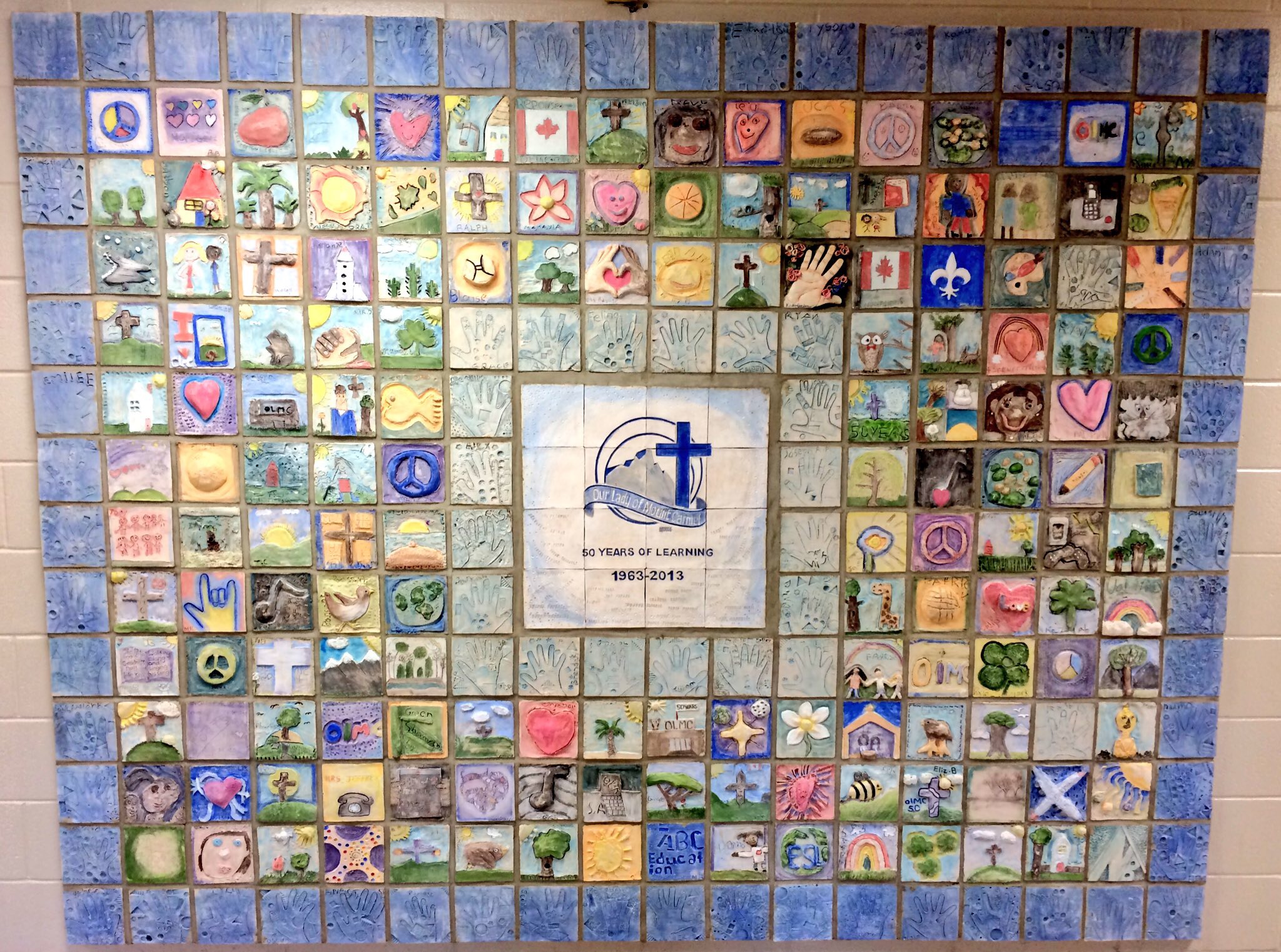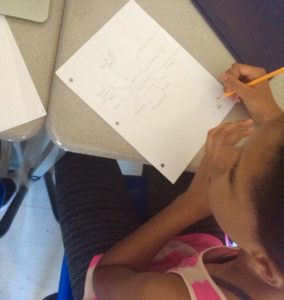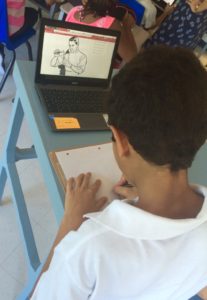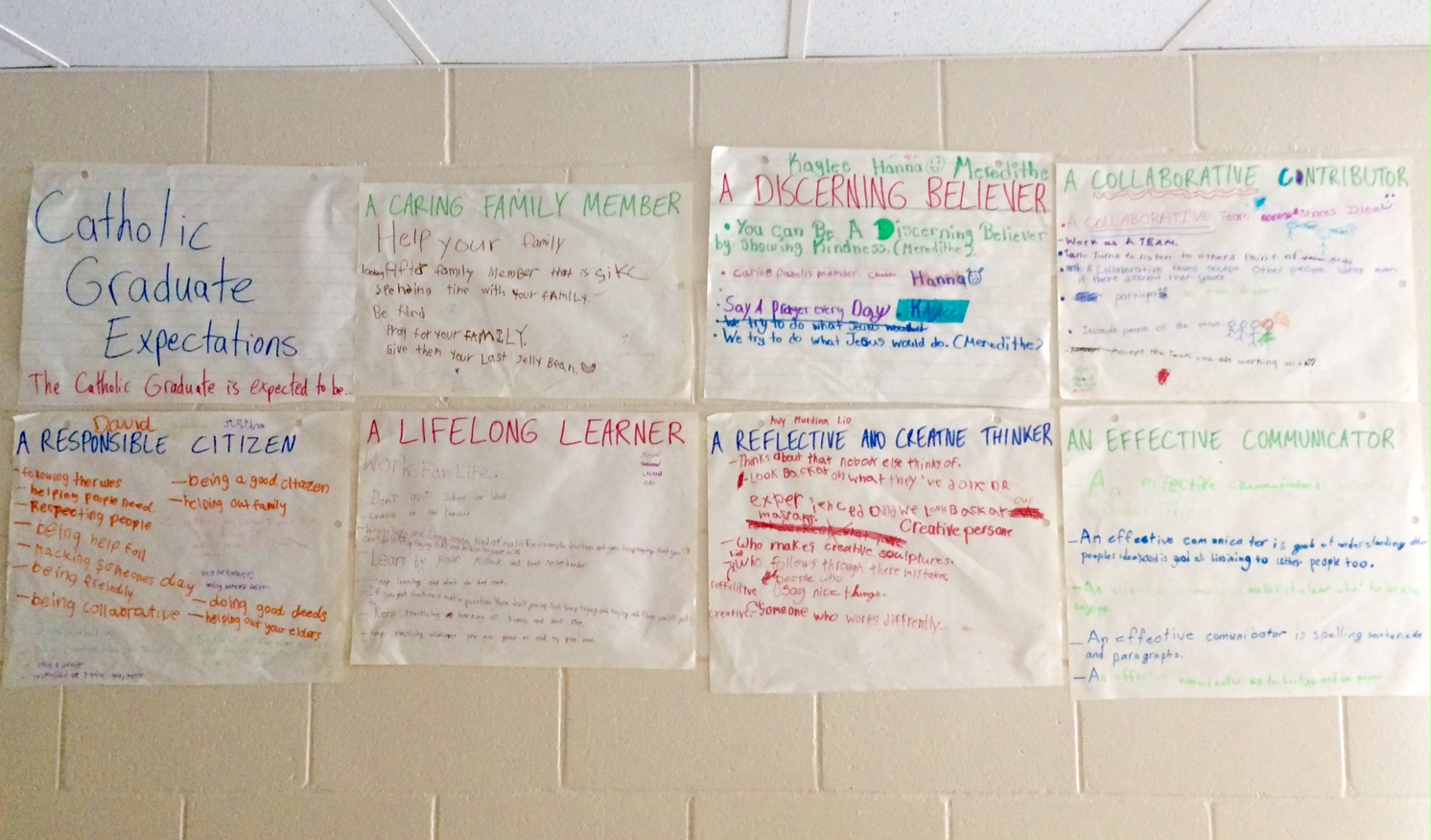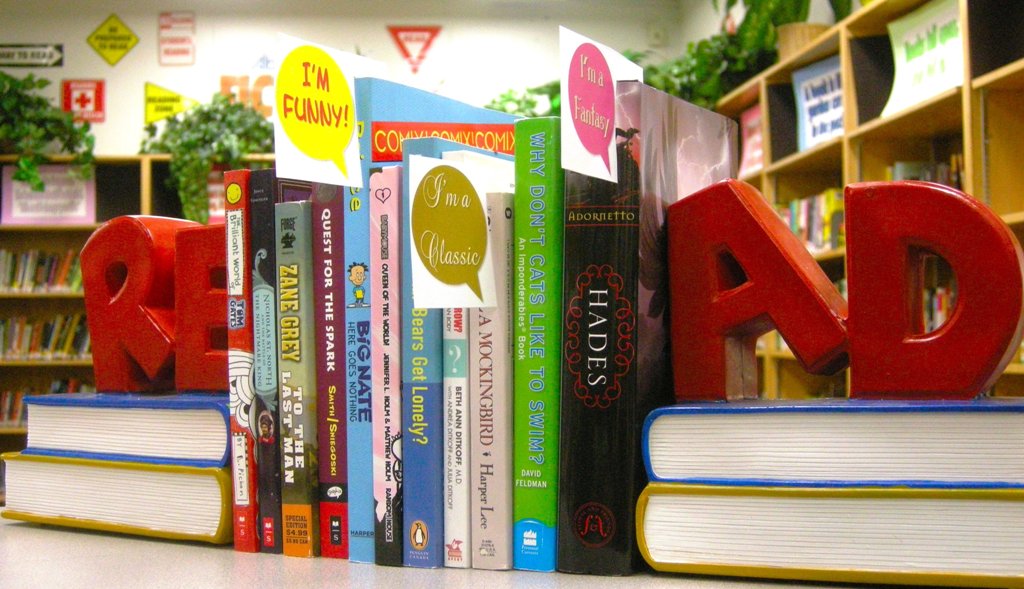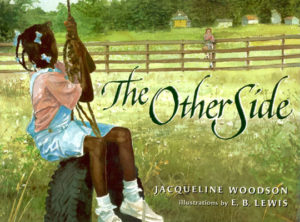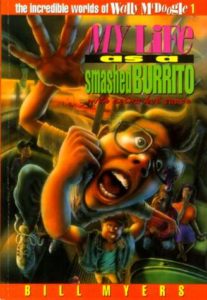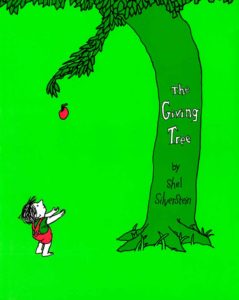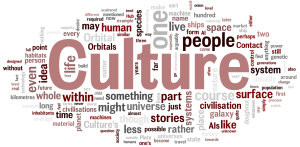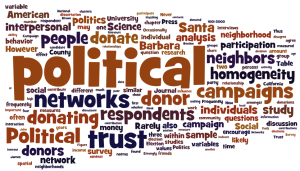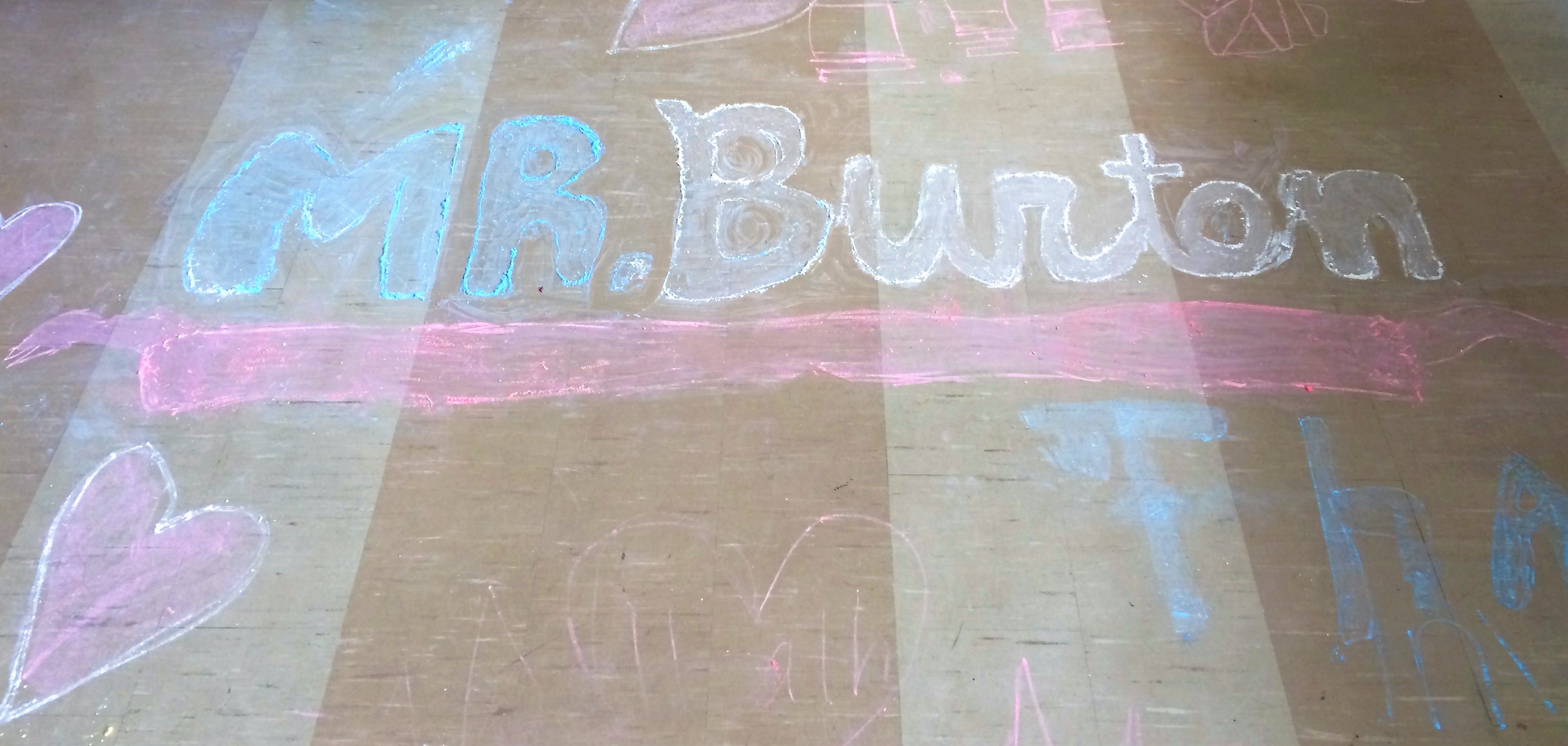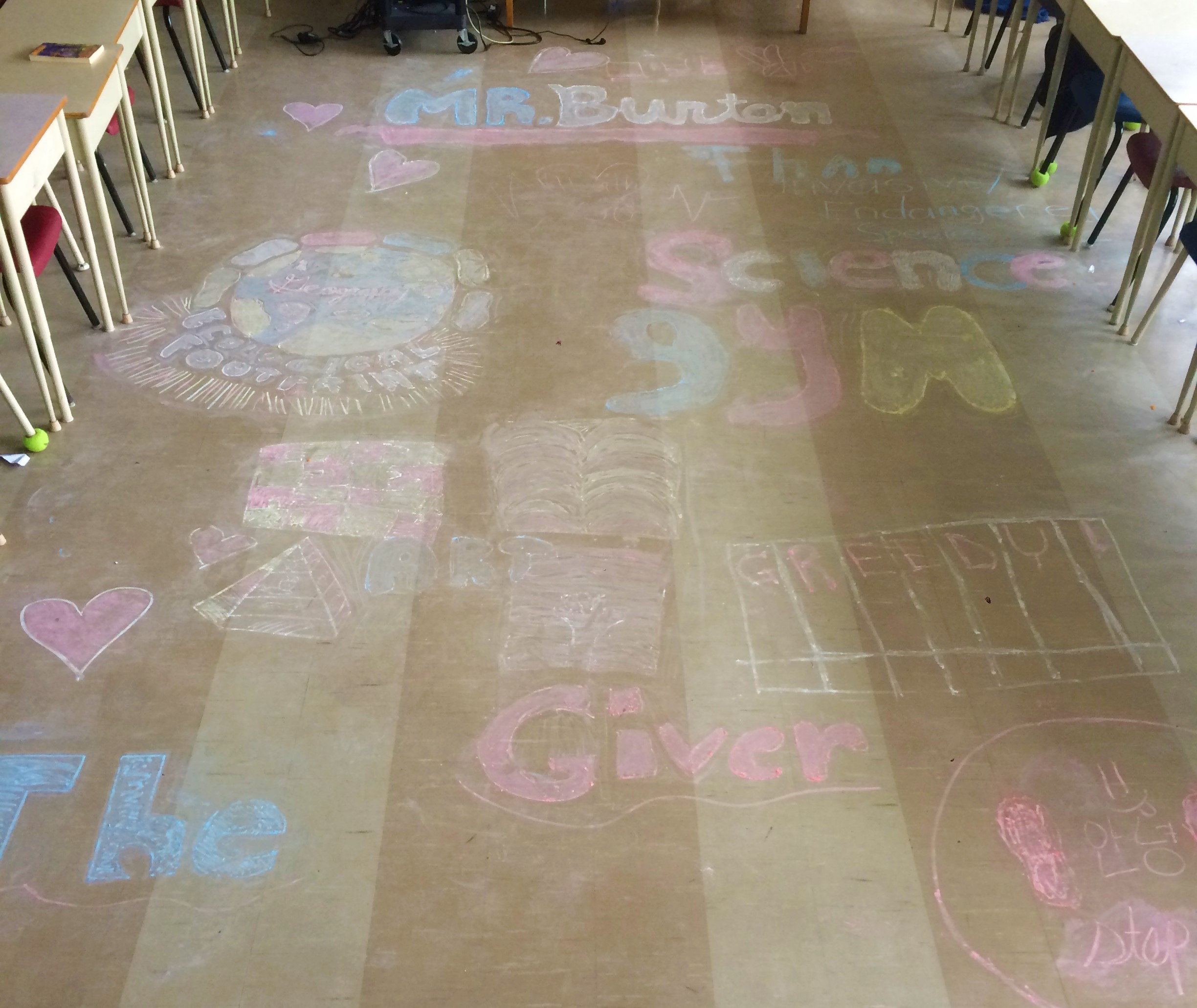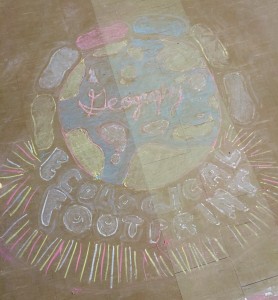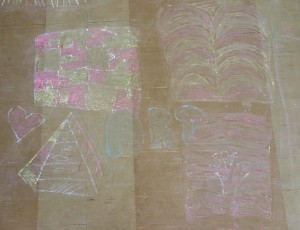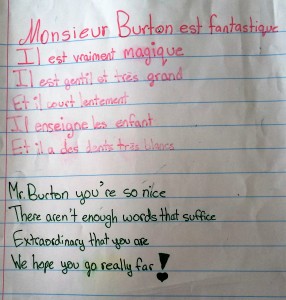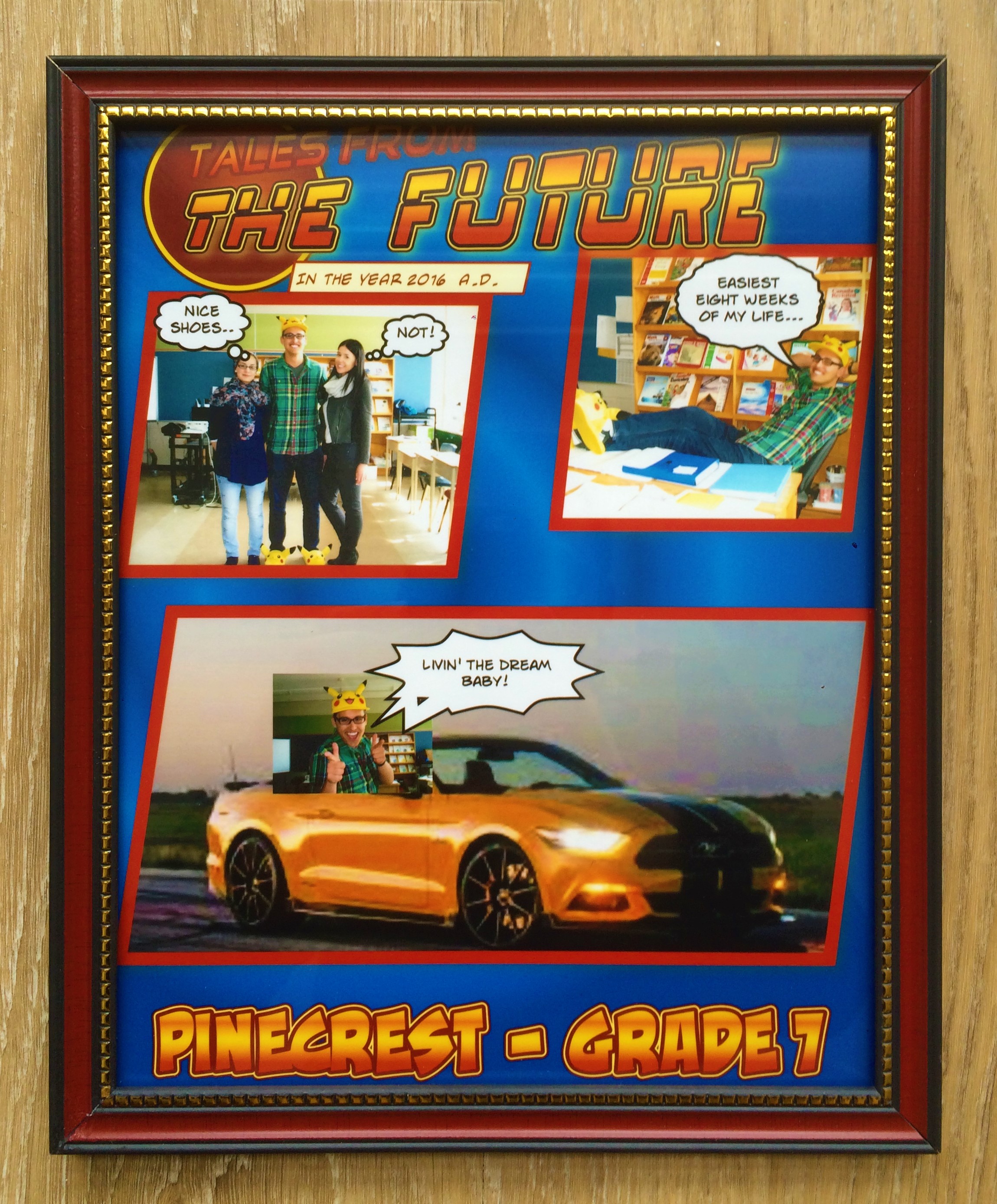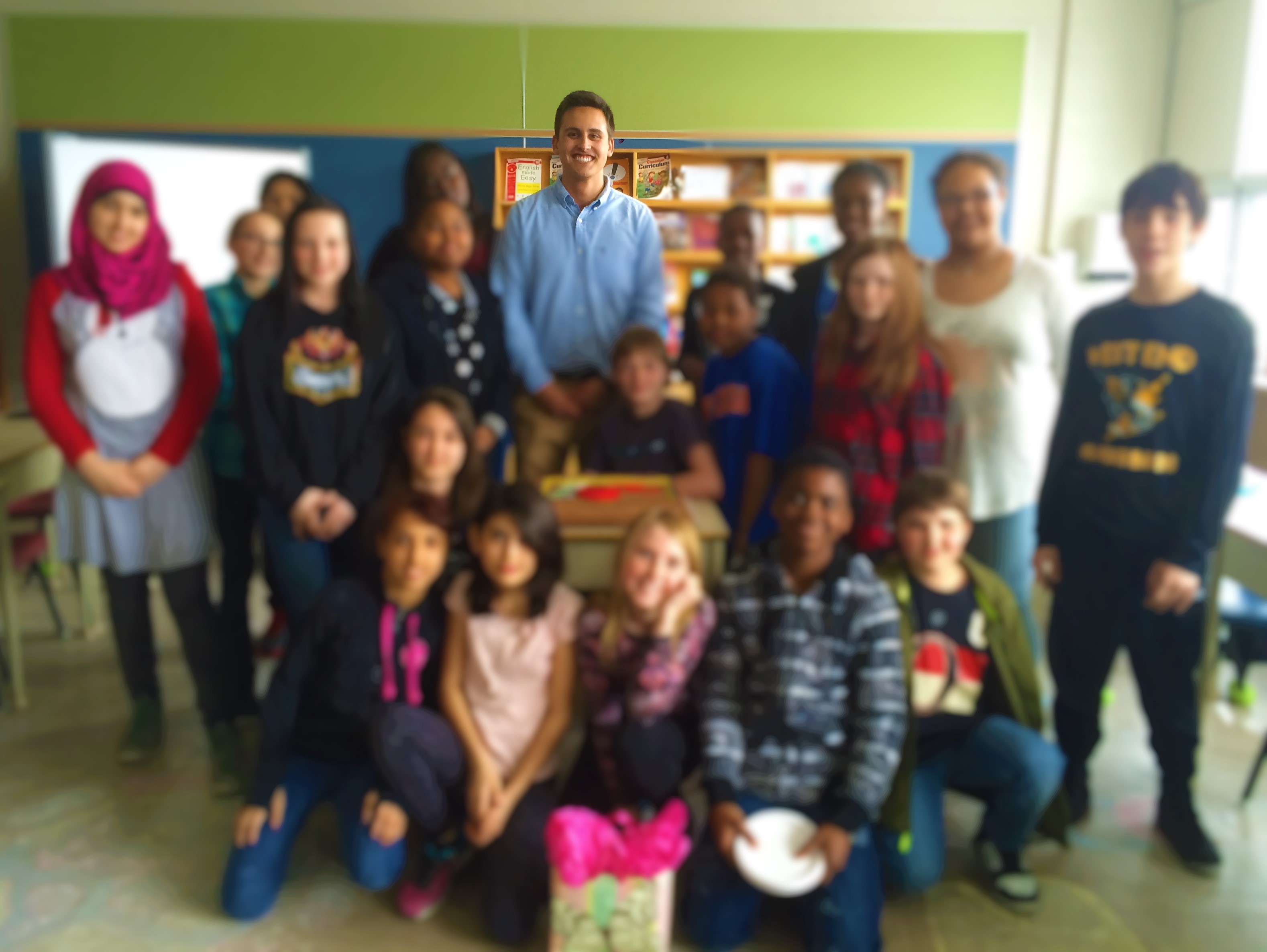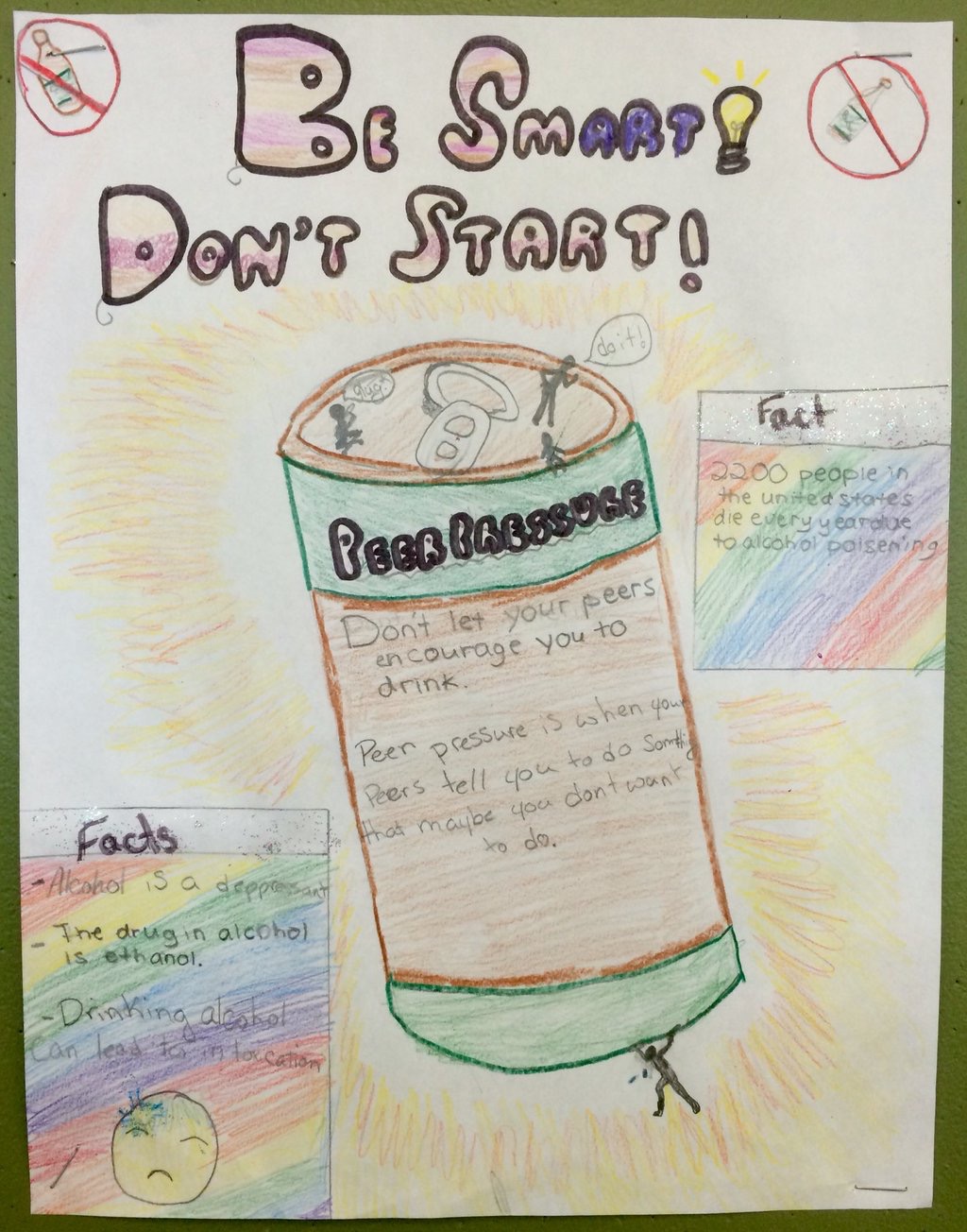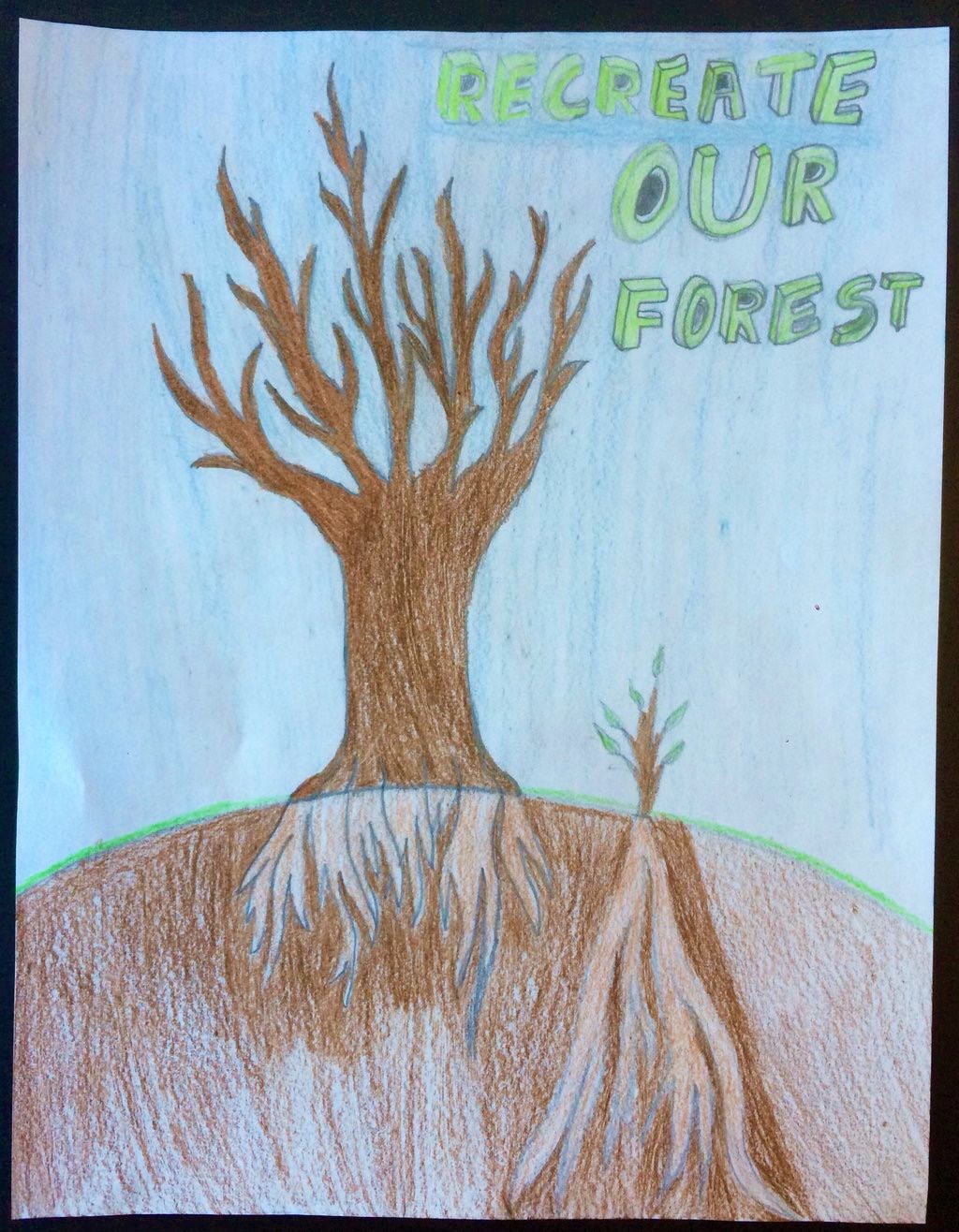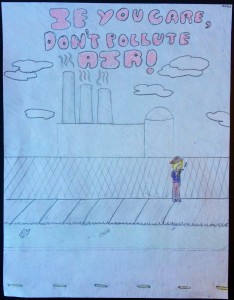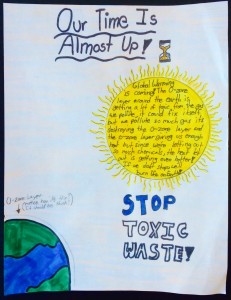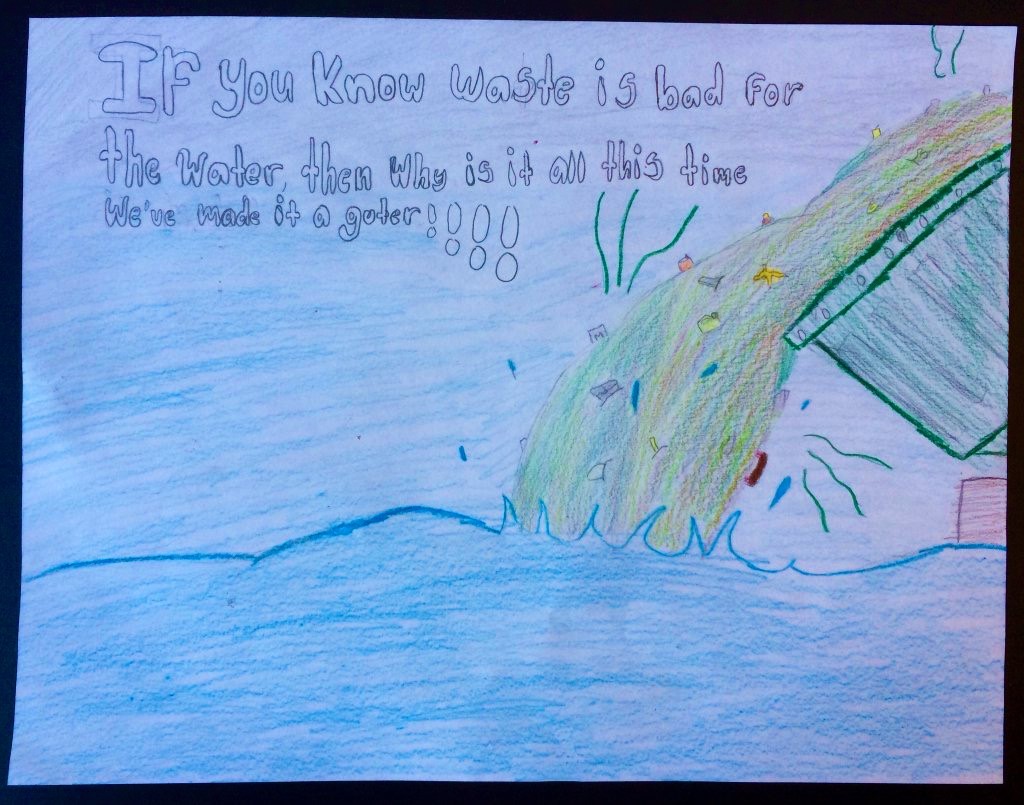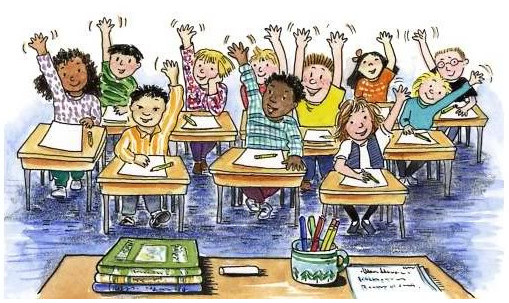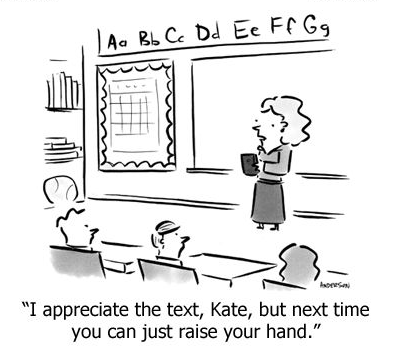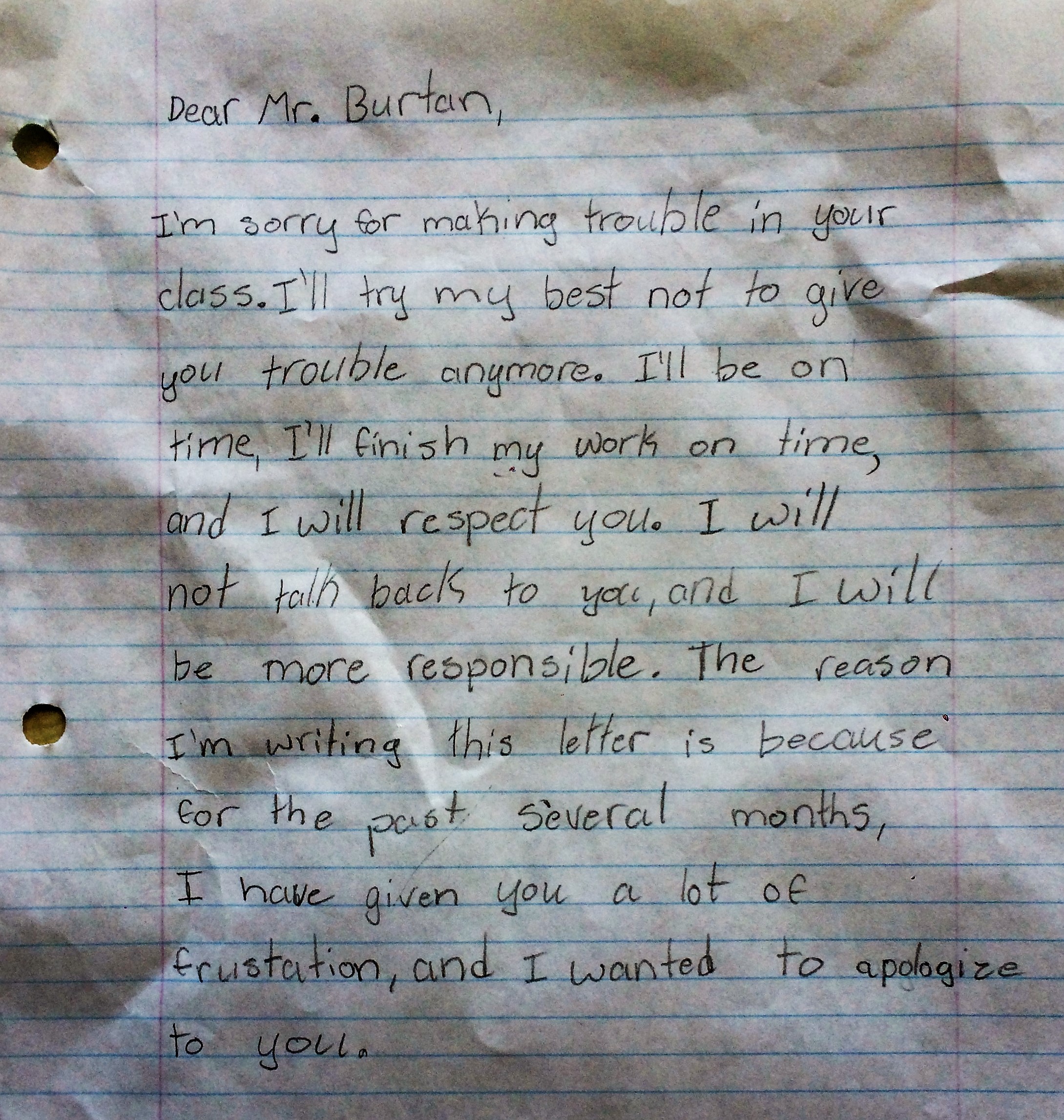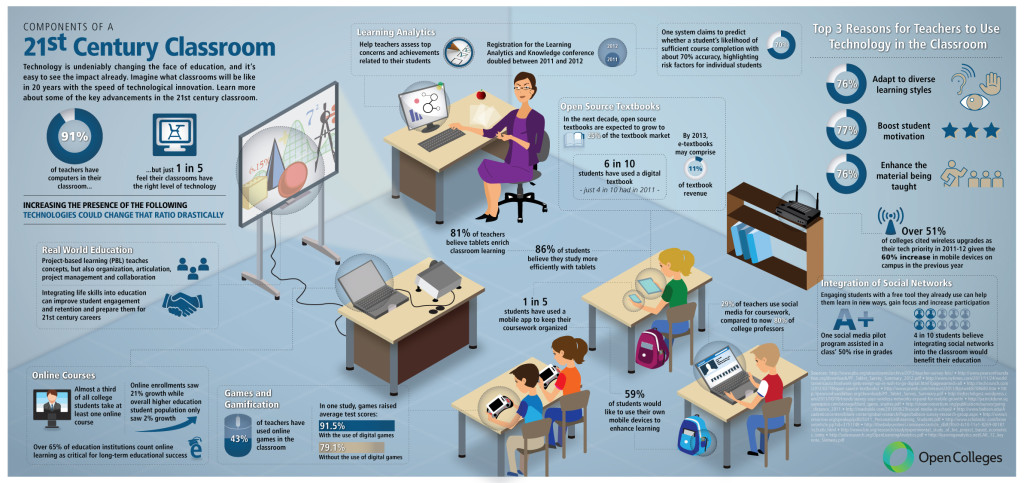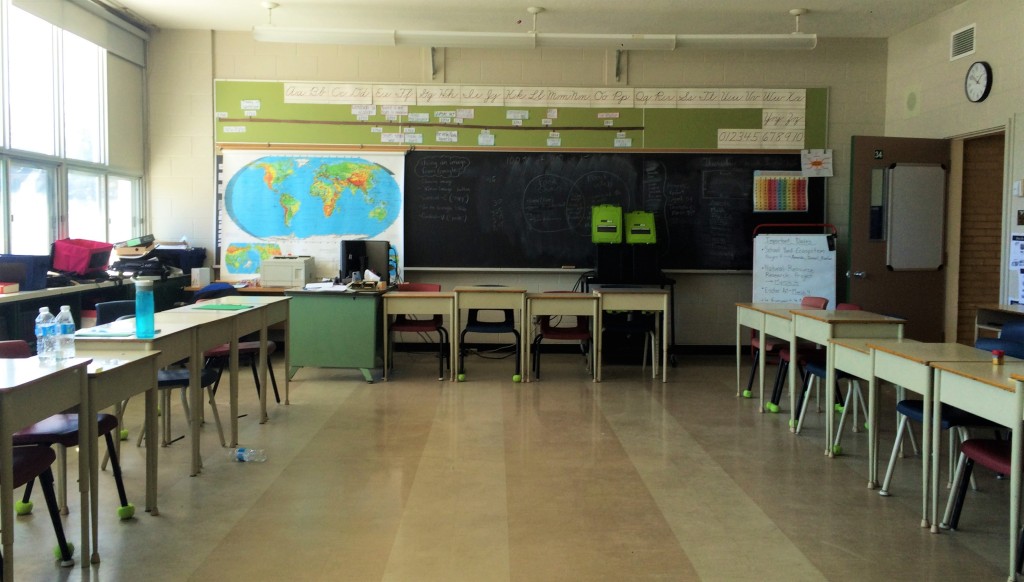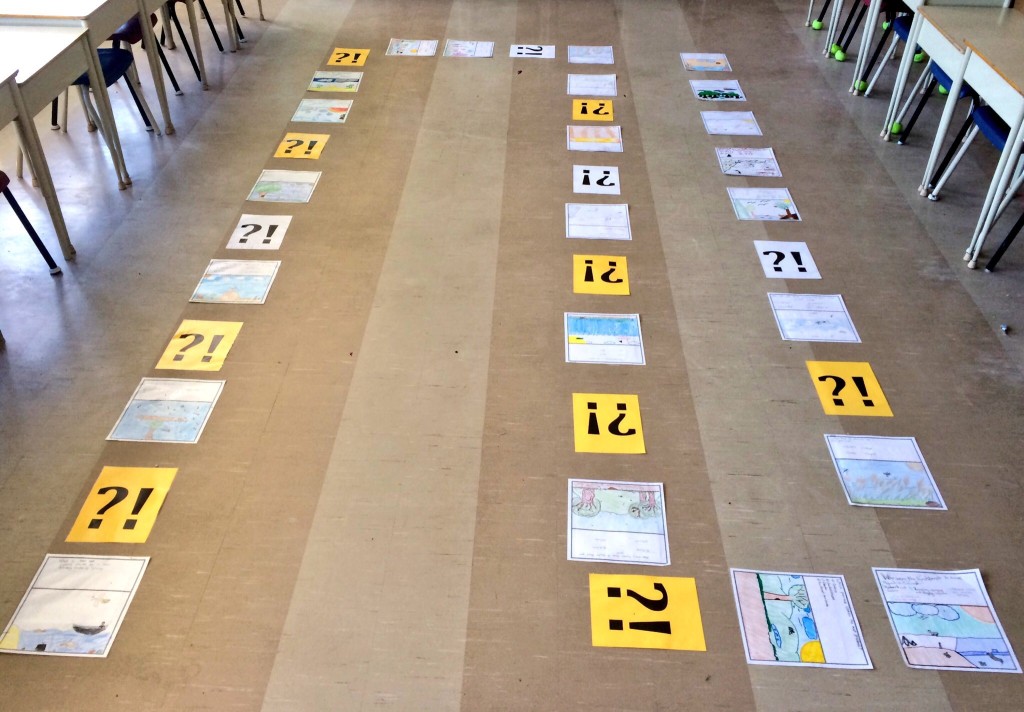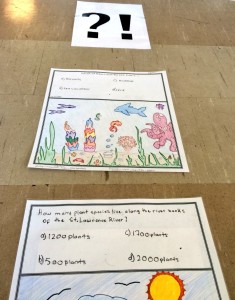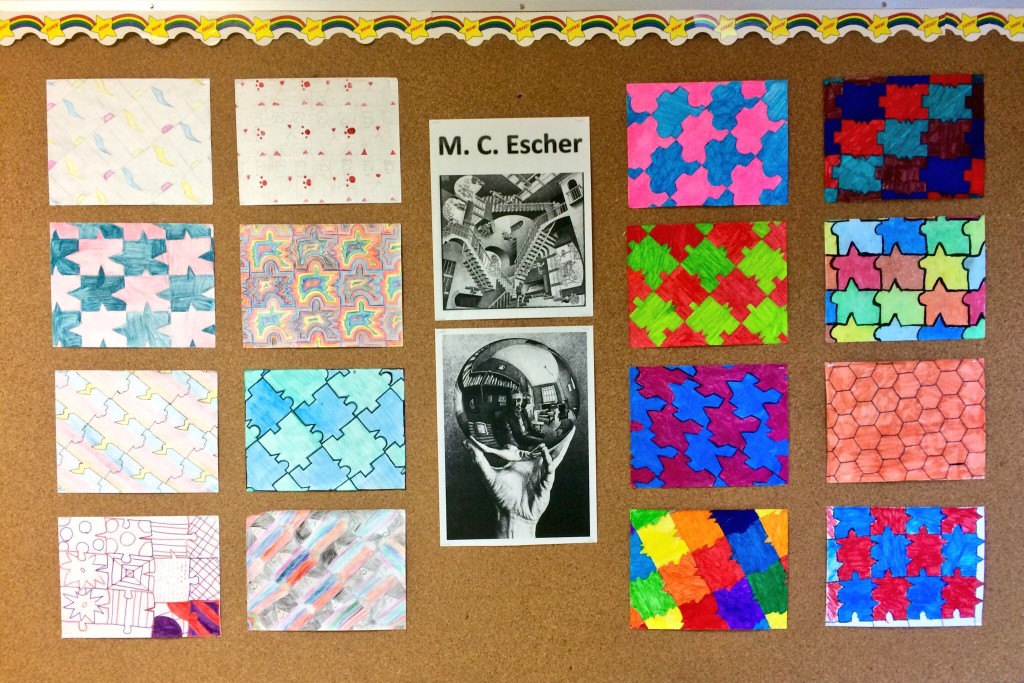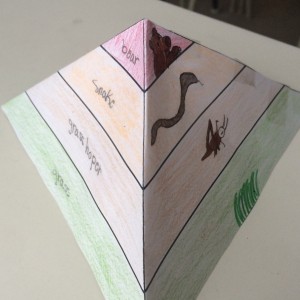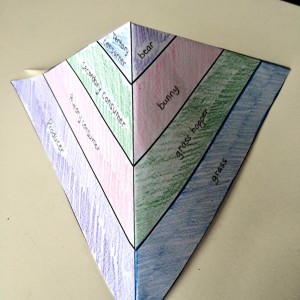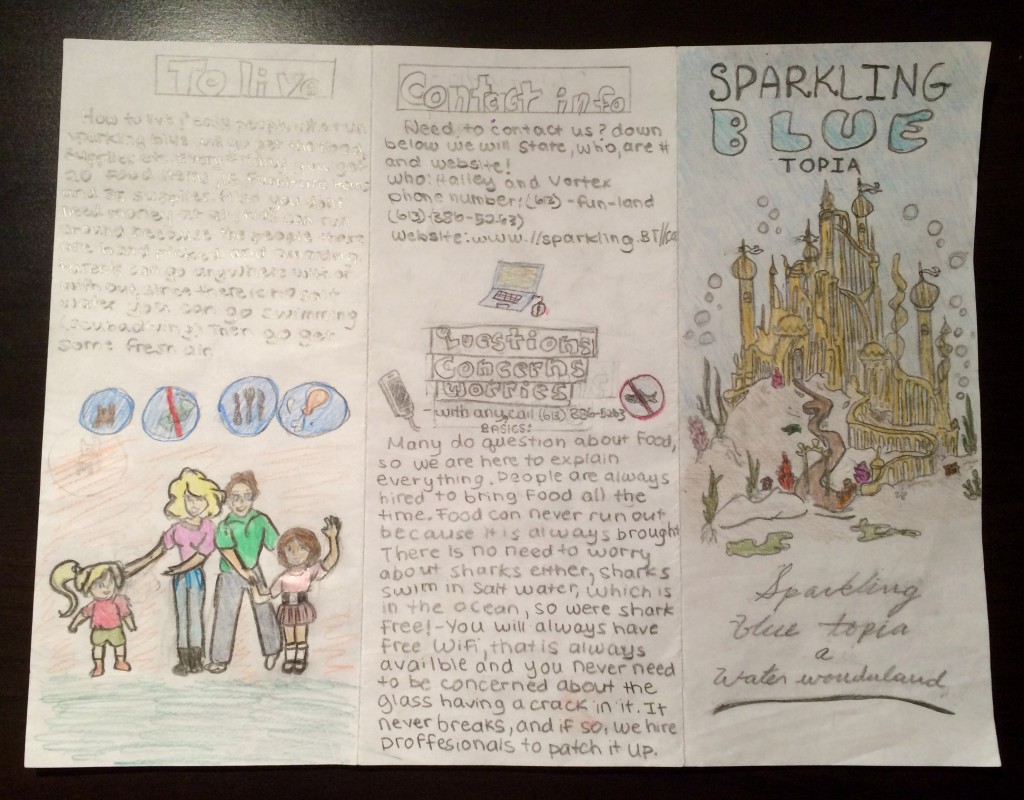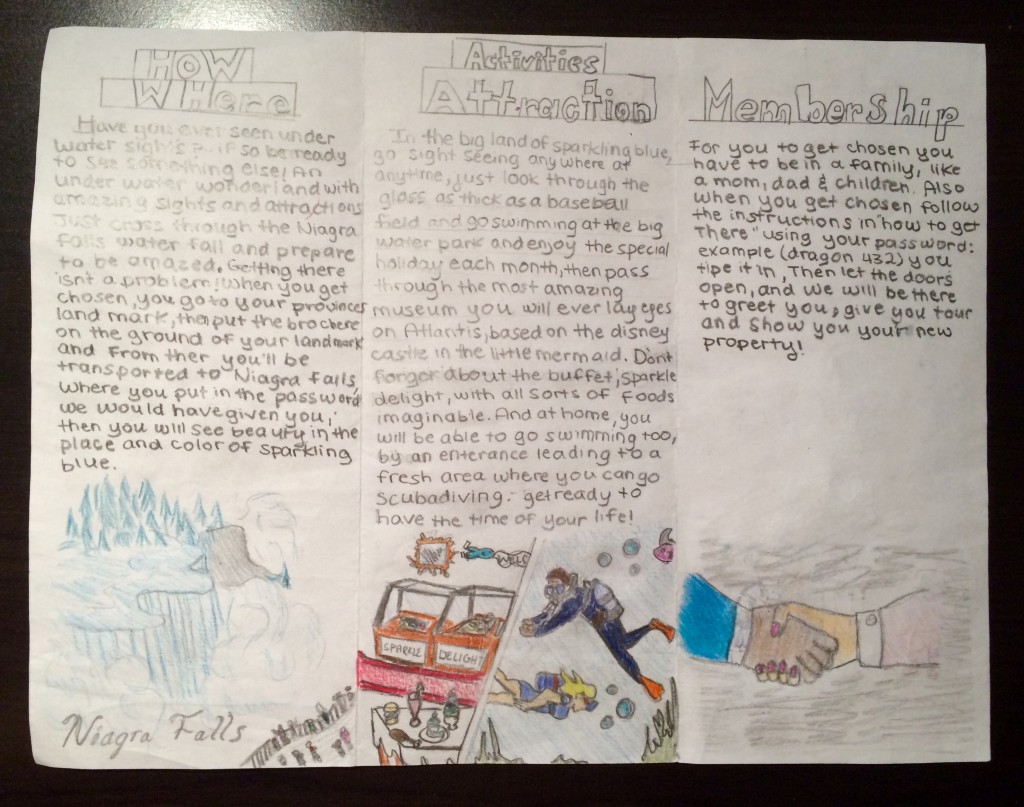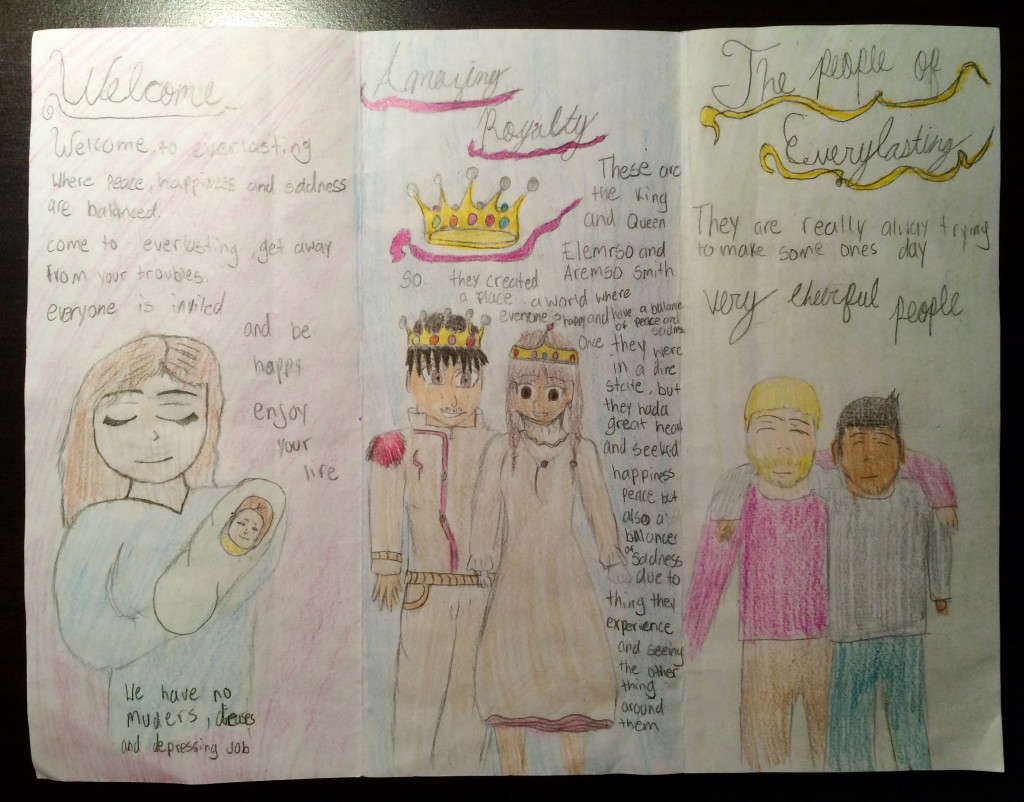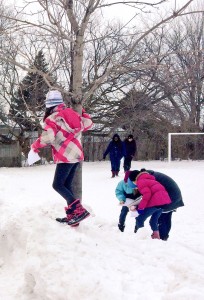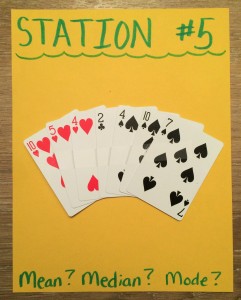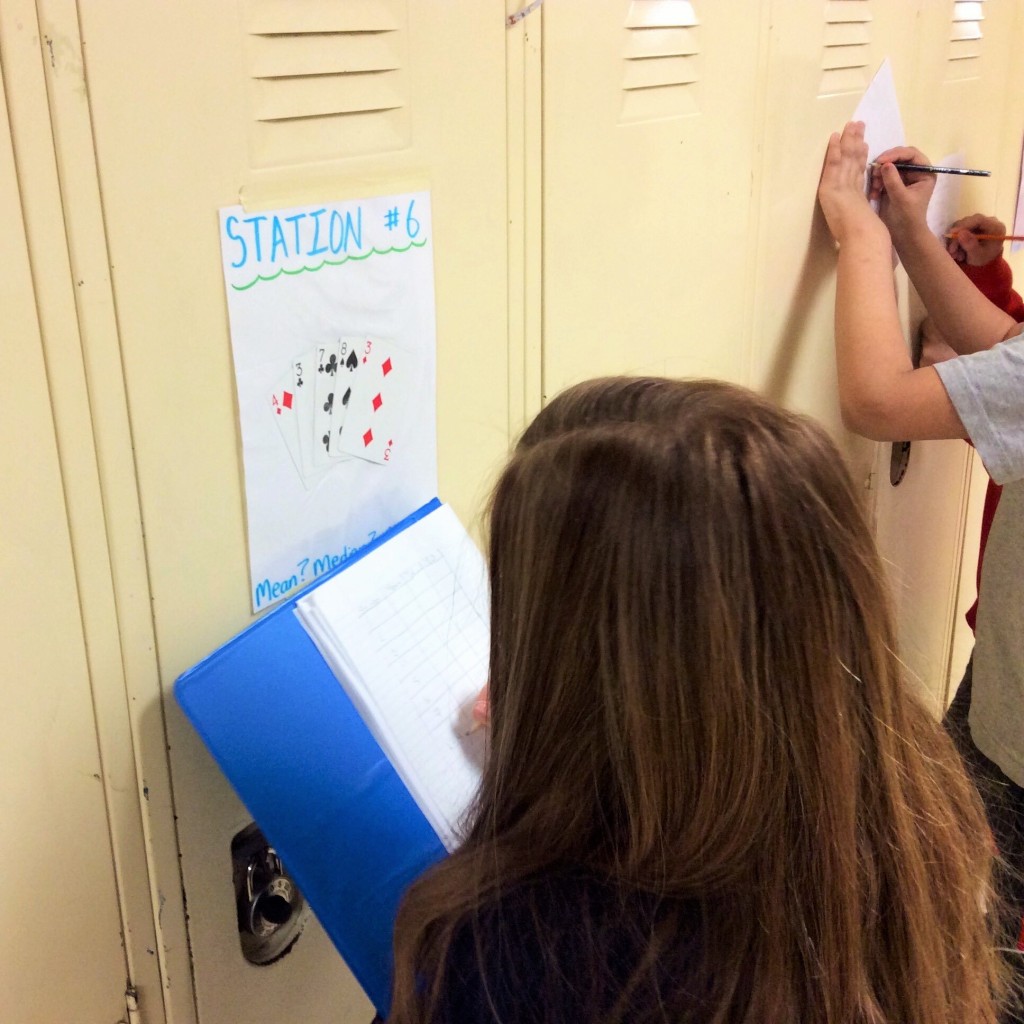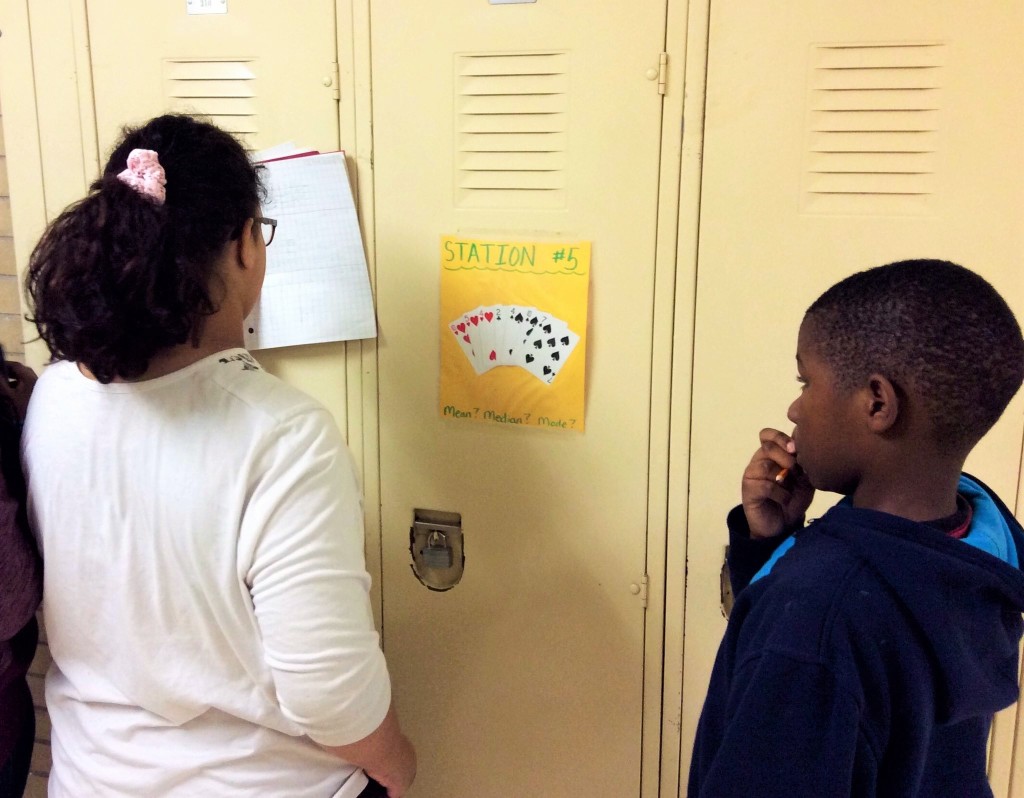Year 2 Practicum Reflection: Week #1
“For most of us, teaching is not just what earns our paycheck. Teaching is what we were put on earth to do.”
~ Robert John Meehan
Tuesday marked Mr. Burton’s return to the classroom, as I officially started my second year practicum! I am beyond fortunate to have the opportunity to be at Our Lady of Mount Carmel Catholic Elementary School, teaching alongside two incredible teachers. In the mornings, I will be teaching in a Grade 5 class, and I’ll have a Grade 5/6 class in the afternoons. From the moment I walked into OLMC, I was blown away by the positivity and faith-filled atmosphere that the school emits. This school and its staff are committed to faith-based education and creating a safe place for students to be.
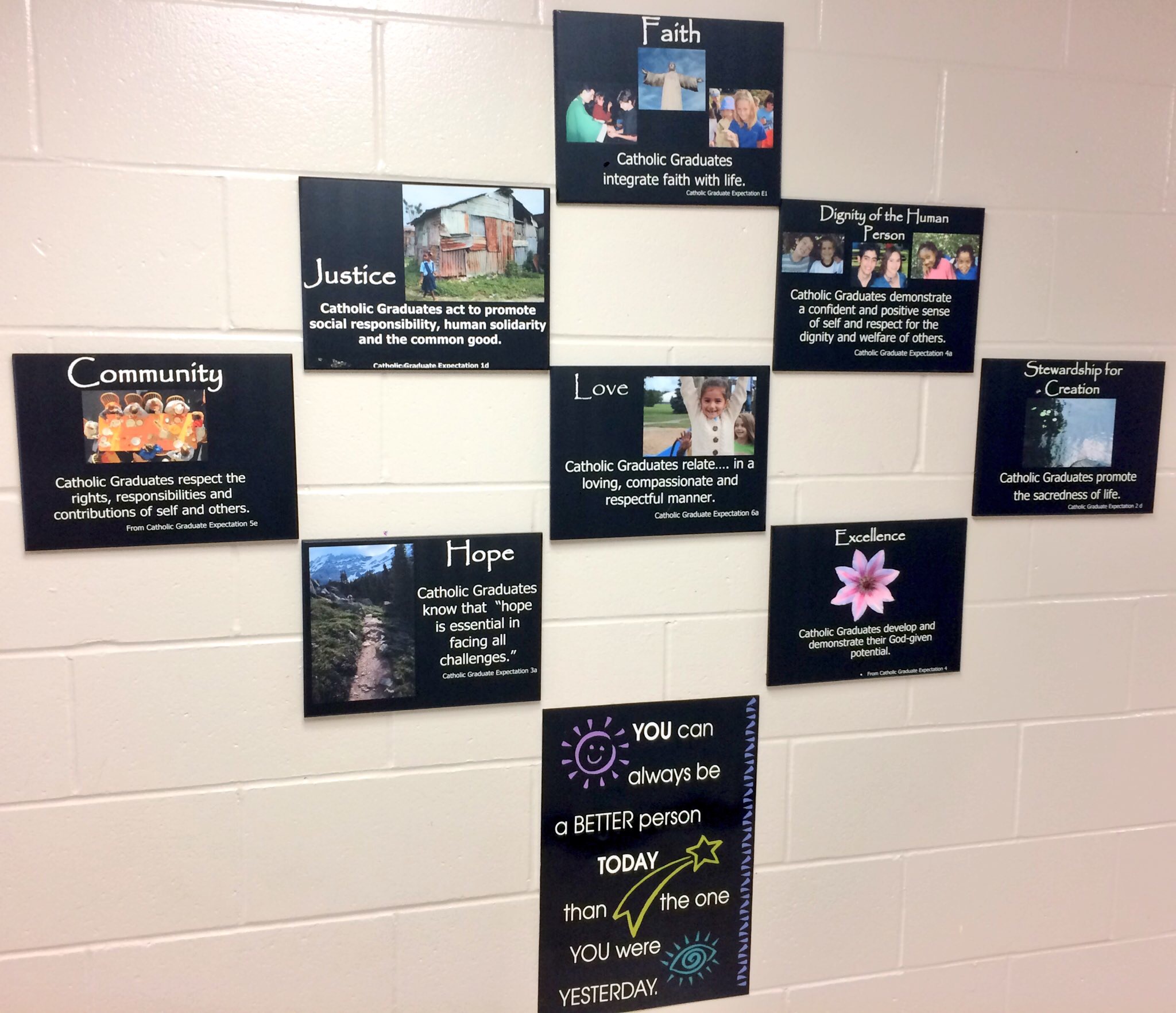
For my first week of practicum, I had 3 goals outlined for myself:
- LEARN about classroom routine formation from my associate teachers
- Begin making meaningful CONNECTIONS with my students
- Experience a MEMORABLE moment
I knew my first goal would be achieved during the first week, given how important establishing structure and routines are for classroom management and, ultimately, student success. Morning circles, icebreaker activities, team-building challenges, and student-involved guidelines were all important aspects of the first few days of the school year. When it came to curriculum, the teachers eased into the subject matter, while also establishing some routines (notebooks for each subject, participating in group work, etc.). The first few days of school are truly a unique time of the year, and very valuable for a teacher candidate like myself to experience.
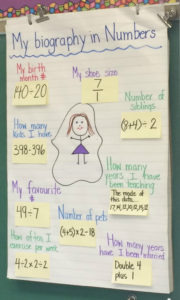 In a matter of days, I realized that the teachers at OLMC are so creative with their lessons and they display a willingness to try new things, the latter being so important after teaching the same grades/subjects for prolonged periods of time. When it comes to teaching, I’ve already seen knowledge-building circles, placemat activities, turn-and-talks, Number Talks, and think-pair-shares. The thing that I am really fascinated by is the school-wide Brain Breakfast initiative. Every morning, students are given a grade-appropriate word problem, either in Mathematics or Literacy, to jump-start their thinking and learning. This serves as a great introduction to the day’s lesson, or just as a stand-alone critical thinking question. I am very interested to see how this initiative progresses throughout the year and how the students’ learning develops overtime.
In a matter of days, I realized that the teachers at OLMC are so creative with their lessons and they display a willingness to try new things, the latter being so important after teaching the same grades/subjects for prolonged periods of time. When it comes to teaching, I’ve already seen knowledge-building circles, placemat activities, turn-and-talks, Number Talks, and think-pair-shares. The thing that I am really fascinated by is the school-wide Brain Breakfast initiative. Every morning, students are given a grade-appropriate word problem, either in Mathematics or Literacy, to jump-start their thinking and learning. This serves as a great introduction to the day’s lesson, or just as a stand-alone critical thinking question. I am very interested to see how this initiative progresses throughout the year and how the students’ learning develops overtime.
This placement also marks my return to the Catholic Education system. I only ever attended Catholic school growing up and I really appreciated my experience. I missed the prayers on the announcements. I missed the prayers before lunch. Most importantly, I missed continual attention to teaching morals, ethics, and the Catholic faith. Already this week, our students brainstormed way that they could fulfill the Catholic Graduate Expectations. A graduate of the Catholic school system is expected to be:
- A discerning believer formed in the Catholic Faith community who celebrates the signs and sacred mystery of God’s presence through word, sacrament, prayer, forgiveness, reflection and moral living.
- An effective communicator who speaks, writes and listens honestly and sensitively, responding critically in light of gospel values.
- A reflective, creative and holistic thinker who solves problems and makes responsible decisions with an informed moral conscience for the common good.
- A self-directed, responsible, lifelong learner who develops and demonstrates their God-given potential.
- A collaborative contributor who finds meaning, dignity and vocation in work which respects the rights of all and contributes to the common good.
- A caring family member who attends to family, school, parish, and the wider community.
- A responsible citizen who gives witness to Catholic social teaching by promoting peace, justice and the sacredness of human life.
I am excited to immerse myself in the Catholic curriculum and teach a few Religion lessons of my own!

I was able to make connections with a few students throughout the week, and I am proud to say that I know all of their names (which always seems to be a challenge for me at first). I’ve had students ask if I am Superman, if I am my associate teacher’s younger brother, and if I am a scientist – all of which are false, but it made for interesting conversations nonetheless! Through establishing theses connections, I was able to experience a memorable moment this week. On the first day of school, we had a new student that had moved from the Philippines two months prior. He was scared, crying, and latched on to his family. I had a conversation with him about how it was my first day at a new school and that I was scared too, but that we would both have a great year and meet so many new friends. Seeing the progression in this young boy from crying with his family on Tuesday to joking around with friends on Friday was truly a testament to how important a safe and positive educational environment is.
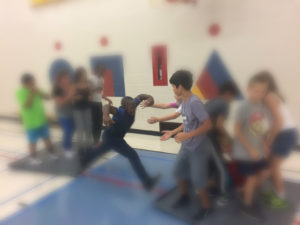
There was so much learning in week #1 and I am looking forward to the learning that is to come!
